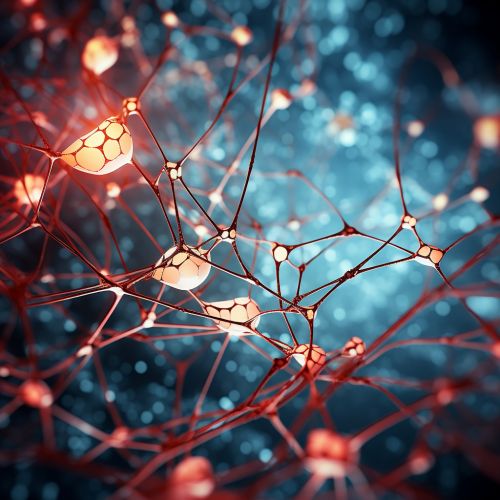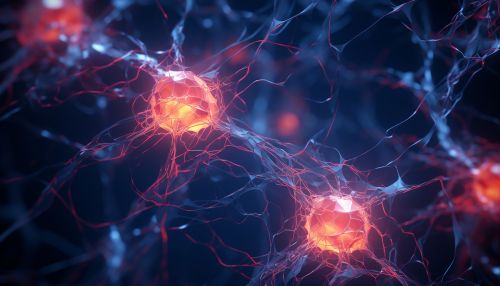Neural circuit
Overview
A neural circuit, also known as a neuronal circuit, is a complex network of interconnected neurons that work together to perform specific functions within the nervous system. These circuits are the fundamental building blocks of the nervous system, enabling the transmission of electrical and chemical signals across various regions of the brain and body. The study of neural circuits is a critical aspect of neuroscience, providing insights into how the brain processes information, generates responses, and contributes to behavior.


Structure and Function
Neural circuits are composed of neurons, the basic units of the nervous system, which are interconnected through synapses. Each neuron in a circuit is connected to many others, forming a complex network that allows for the rapid transmission of signals. These signals, in the form of electrical impulses, are passed from one neuron to another via chemical messengers known as neurotransmitters.
The structure of a neural circuit is intricately linked to its function. The specific arrangement of neurons and their synaptic connections determine the type of information that a circuit can process and the responses it can generate. For instance, some circuits are involved in sensory processing, receiving and interpreting signals from the body's sensory organs. Others are involved in motor control, coordinating the body's movements, while still others are involved in higher cognitive functions such as memory, learning, and emotion.
Types of Neural Circuits
There are several types of neural circuits, each with a unique structure and function. These include:
- Sensory circuits: These circuits process information from the sensory organs, such as the eyes, ears, skin, nose, and tongue. They are responsible for interpreting sensory stimuli and generating appropriate responses.
- Motor circuits: These circuits control voluntary and involuntary movements by transmitting signals from the brain to the muscles. They play a key role in coordinating complex motor tasks such as walking, talking, and writing.
- Cognitive circuits: These circuits are involved in higher cognitive functions such as learning, memory, attention, and decision-making. They are primarily located in the brain's cerebral cortex and are integral to our ability to think, reason, and solve problems.
- Emotional circuits: These circuits regulate our emotional responses and mood. They are primarily found in the limbic system, a part of the brain that includes structures such as the amygdala and the hippocampus.
Neural Circuit Dynamics
The dynamics of neural circuits refer to the changes in their activity over time. These changes can occur on various timescales, ranging from milliseconds (as in the case of action potentials) to hours or days (as in the case of long-term potentiation or depression). Neural circuit dynamics are influenced by a variety of factors, including sensory input, internal state, and learning.
Understanding the dynamics of neural circuits is crucial for understanding how the brain functions. For instance, changes in neural circuit dynamics can underlie learning and memory, as well as various neurological and psychiatric disorders.
Neural Circuit Disorders
Disruptions in the structure or function of neural circuits can lead to a variety of neurological and psychiatric disorders. These include:
- Neurodegenerative diseases: Conditions such as Alzheimer's disease, Parkinson's disease, and Huntington's disease are characterized by the progressive degeneration and death of neurons, leading to disruptions in the neural circuits that they form.
- Mental disorders: Conditions such as depression, anxiety disorders, schizophrenia, and autism spectrum disorder are thought to involve abnormalities in neural circuit function.
- Epilepsy: This condition, characterized by recurrent seizures, is caused by abnormal electrical activity in neural circuits.
Treatment of these disorders often involves strategies aimed at restoring normal neural circuit function, such as medication, psychotherapy, and in some cases, surgical intervention.
